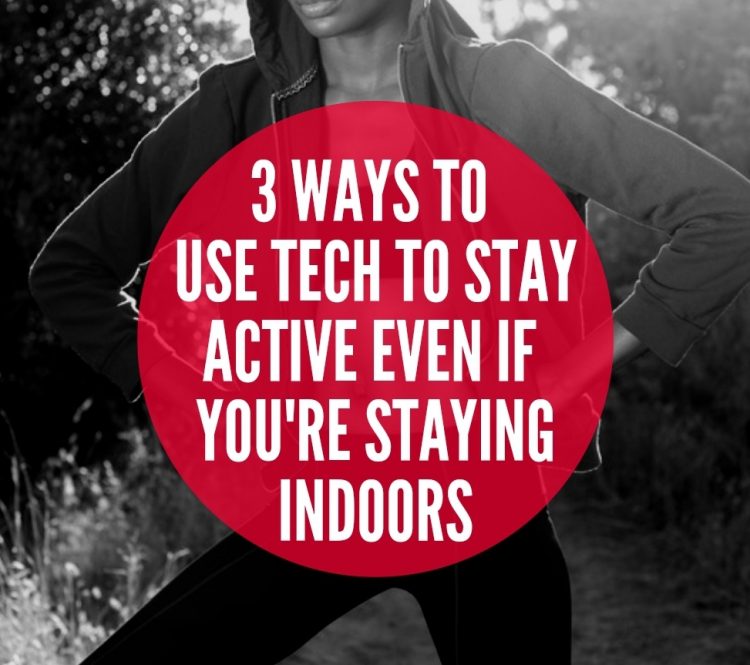With technology, there’s very little reason to leave the house anymore! Smart gadgets are slowly changing the way we exercise and giving us more insight into our how our bodies work. Gyms, Pilates classes and athletic clubs are being replaced by online classes, virtual exercise programs and smart watches. These substitutions offer more convenience and control with a lower price tag, and they allow users to work out from home – which is important as we all do our part to slow the spread of COVID-19. Technology can also give us information about our bodies, like our heart rate and blood oxygen level.
Here are some ways to introduce technology to your workout routine for convenience, control and insight.
1. Videos online
The internet is a wonderful resource for folks who perform best in a guided workout setting with a trainer. Thousands of personal trainers and fitness gurus have posted workout routines online over the years, and they are all out there for you to follow along. You can find any type of workout online, from yoga sessions to HIIT routines (which stands for high intensity interval training).
The National Institute on Aging has a special channel on YouTube with videos for low-impact exercise older adults can do at home. There are even special channels for programs such as Silver&Fit, which is part of the QualChoice MediQ65 Medicare Supplement plans. If you don’t know where to start, check out their websites! You can visit the National Institute on Aging channel at https://www.youtube.com/user/NatlInstituteOnAging and the Silver&Fit channel at https://www.youtube.com/user/silverandfit.
2. Smart watches and fitness trackers
According to the CDC, adults need 150 minutes of physical activity each week. Smart watches can help you track and reach that goal. Smart watches and fitness trackers record your heart rate, steps and distance as you move throughout the day. Better yet, they can compare your progress over time so you can keep track of your goals.
For those who like a challenge and enjoy setting goals in order to beat them, a smart watch may be a great incentive for movement.
Remember: even small amounts of physical activity can improve your health. You can take short walks throughout the day and see your step count increase on your smart watch or fitness tracker!
3. Online structured programs or accountability groups
It’s a well-known fact that accountability can help you achieve your goals. That especially applies to fitness goals. Studies done by the American Psychological Association showed that those who participated in a structured group weight loss program lost more than three times the amount of weight compared to those who used the self-help approach.
Studies have also shown that the presence of social support is also crucial to helping people set and achieve exercise goals.
So, if you’re having a hard time sticking to your exercise goals at home, it may just be because you don’t have social pressure to force you up off the couch.
Luckily, the internet offers an easy fix. There are exercise programs you can participate in using apps on your phone. Most of these require a subscription fee, but you will have access to workout routine schedules, regular virtual check-ins with a trainer or dietician, incentives and more to give you structure and guidance. Try one of these and see if that helps provide accountability and consistency as you work out from home.
Visit QualChoice.com for more health and fitness tips.
Column by QualChoice Health Insurance. All source information courtesy of the Centers for Disease Control and Prevention (CDC) and the American Psychological Association.



